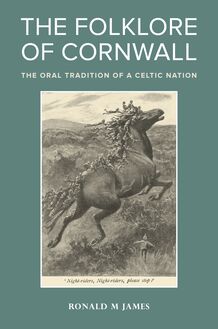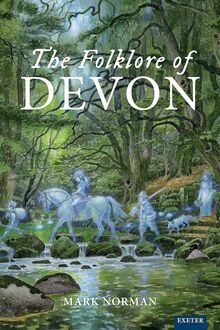The Folklore of Devon , livre ebook
108
pages
English
Ebooks
2023
Obtenez un accès à la bibliothèque pour le consulter en ligne En savoir plus
Découvre YouScribe en t'inscrivant gratuitement
Découvre YouScribe en t'inscrivant gratuitement
108
pages
English
Ebooks
2023
Obtenez un accès à la bibliothèque pour le consulter en ligne En savoir plus
Publié par
Date de parution
06 juin 2023
Nombre de lectures
0
EAN13
9781804130377
Langue
English
Poids de l'ouvrage
17 Mo
Requested for the Wolfson History Prize 2024.
Devon has a long and rich folkloric heritage which has been extensively collected over many years. This book consolidates more than a century of research by eminent Devon folklorists into one valuable study and builds on the vital work that was undertaken by the Devonshire Association, providing insightful analysis of the subject matter and drawing comparisons with folklore traditions beyond the county.
The first major work on Devon's folklore since Ralph Whitlock’s short book published by the Folklore Society in the 1970s, this volume brings the subject into the twenty-first century with consideration of internet memes and modern lore, demonstrating that ‘folklore’ does not equate to ‘old rural practice’. With chapters covering the history of Devon's folklore collecting, tales from the moors, the annual cycle, farming and the weather, the devil, fairies, hauntings, black dogs, witchcraft and modern lore, this will remain the standard work for many years to come.
Introduction
1. Folklore Collection in Devon
2. Stories from the Moors
3. The Calendar Year
4. Farming and the Weather
5. The Devil in Devon
6. Fairies in Devon
7. Some Devon Hauntings
8. The Black Dog
9. Witchcraft
10. Modern Folklore
Notes
Bibliography
Index
Publié par
Date de parution
06 juin 2023
Nombre de lectures
0
EAN13
9781804130377
Langue
English
Poids de l'ouvrage
17 Mo






